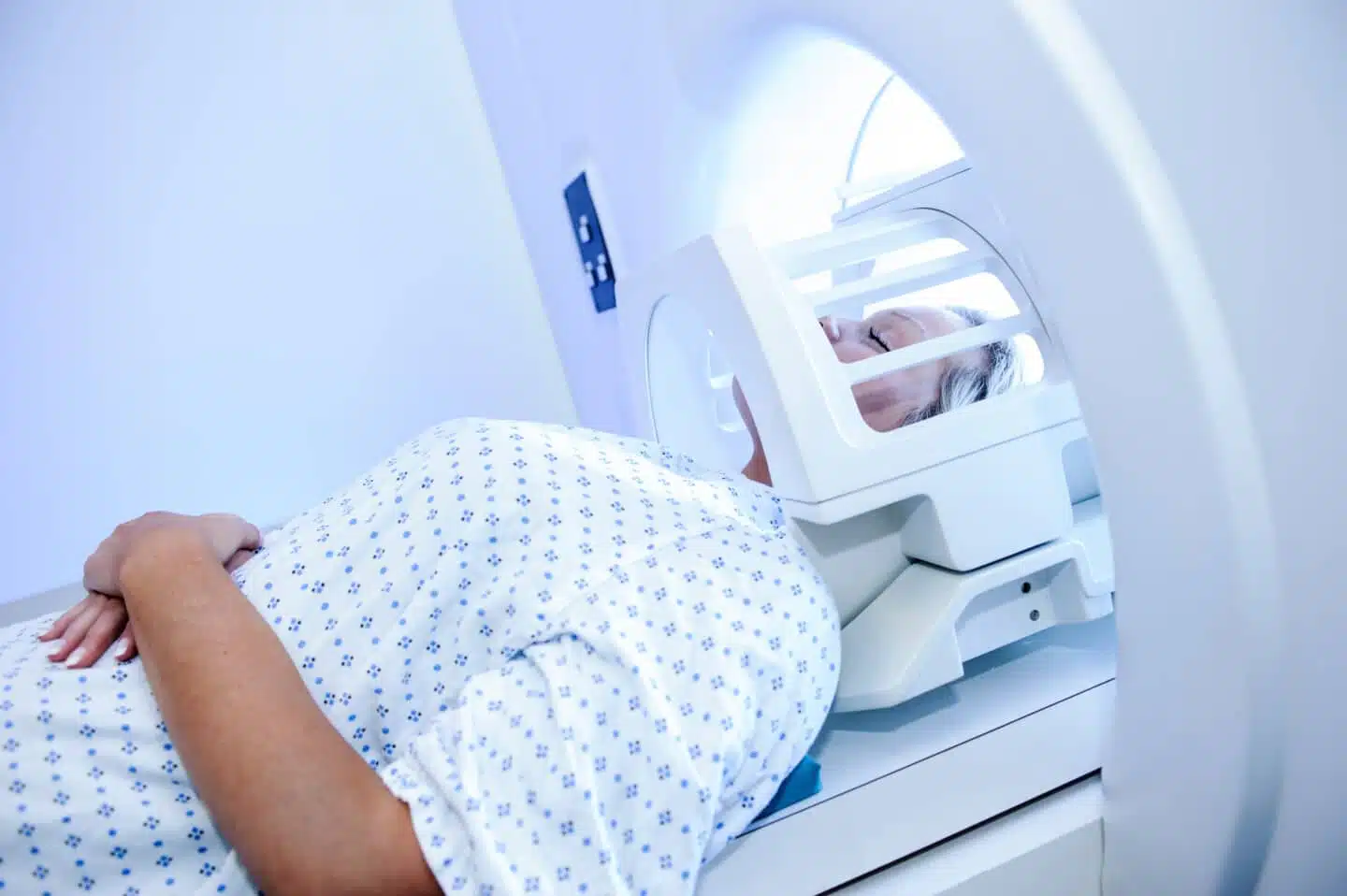
Shift in perspective
- Trauma-related symptoms are adaptive responses to trauma
- Trauma-related symptoms are a person’s attempts to cope with their experience. They indicate resilience, not pathology
- Traumatic stress is a normal reaction to an abnormal situation
A trauma-informed perspective views trauma-related symptoms and behaviours as a person’s attempt to deal with and move past their experience. This understanding helps healthcare providers properly identify patients who present in this manner. Traumatic stress is a normal reaction to an abnormal situation.

A strengths-based approach
A strengths-based approach focuses on what is working well rather than focusing on deficits and impairments. It can:
- Build collaborative care relationships
- Help identify what has worked
- Prevent further retraumatization
A strengths-based approach focuses on what is working well, rather than deficits and impairments. It can:
- Build collaborative care relationships
- From a nonjudgmental stance, help clients identify what has and has not worked in their attempts to deal with the aftermath of trauma
- Prevent further retraumatization by not defining traumatic stress reactions as pathological or symptoms of pathology

Foundational principles
Three principles are critical to developing a strengths-based perspective:
- Building trauma awareness
- Recognizing that health practices can be traumatizing, and
- Providing a safe care environment to help prevent retraumatization
TIC is a strengths-based approach that acknowledges how patients bring resilience and creativity to their treatment.
Rather than viewing healthcare providers as experts, TIC invites a collaborative relationship in which clients take an active part in their treatment plan. A nonjudgmental approach helps prevent retraumatization by focusing on the person’s strengths, rather than diagnostic labels and pathologies.
There are three foundational principles to develop this perspective:
- Building trauma awareness
- Recognizing that health practices can be traumatizing, and
- Providing a safe care environment to help prevent retraumatization
Let’s explore each of these foundational principles in more detail.

Foundational principle 1: Become trauma aware
- Trauma is universal
- Anticipate the possibility of a patient’s trauma history
- Be sensitive to the impact of trauma
- Explore with your client the best way to view or define their experience (e.g., hurt, injured, or symptomatic rather than sick)
- Ensure safety, trustworthiness, choice, collaboration, and empowerment
(Harris and Fallot, 2001)
Understanding the impact of trauma and its role on a client’s health will help healthcare providers tailor their intervention strategies from the very beginning.
In every interaction with patients, HCPs are encouraged to anticipate and monitor the possibility of a history of trauma. A survivor’s traumatic past can be activated by experiences in the here-and-now. Providers should be aware of practices that have a higher likelihood of triggering patients, and should strive to mitigate their effects.

Foundational principle 2: Reducing risk of retraumatization
Routine healthcare practices can activate memories of past trauma. Some practices can retraumatize the patient if not done carefully.
Examples include:
- Diagnostic procedures
- Procedures that require the client to lie still
- Personal care
- Breast, pelvic, and rectal exams
Trauma-informed HCPs know that clients who have histories of trauma can be triggered during treatment. For instance, clients may express feelings of powerlessness or being trapped if they are not actively involved in treatment decisions.
If treatment processes and/or providers mirror specific behaviour from the clients’ past experiences, they may voice distress or respond in the same way as they did to the original trauma.
Here are some common healthcare experiences that trigger clients who have a trauma history:
- Diagnostic procedures that require the client to wear ill-fitting patient gowns
- Procedures that require the client to lie still while the provider applies instruments on the client’s body
- Providing personal care in hospital or long-term care settings
- Breast, pelvic, and rectal exams
Trauma awareness is an essential strategy for preventing retraumatization.
- Ask if the client has ever had difficulties with a similar procedure/treatment
- Explain and demonstrate the procedure step by step
- Ask the client how to reduce their distress and the risk of triggering them
- Provide choices where possible
- Ask for permission at each step of the procedure
- Frequently check in with the client to see how they are doing
- Normalize reactions
Anything can be triggering for a patient with trauma history. It’s impossible to anticipate every possible trigger because each survivor has had a unique experience. However, there are some health practices where there is a greater likelihood of retraumatization.

Foundational principle 3: Create a safe environment
Key elements in establishing a safe environment include:
- Consistency in client interactions and treatment processes
- Following through with what has been agreed upon in sessions
- Honest and compassionate communication
TIC is focused on safety. It includes consideration of:
- A physically safe environment
- Security of staff members, clients, and personal property
- Policies and procedures
- Emergency management and disaster planning
- Adherence to client rights
Creating safety is not about getting it right all the time. It’s about clearly and transparently handling situations when a client feels vulnerable. Honest and compassionate communication generates feelings of safety.

Fostering feelings of safety for trauma survivors
- Respect
- Rapport
- Taking time
- Sharing information
- Sharing control
- Respecting boundaries
- Understanding non-linear healing
- Fostering mutual learning
- Demonstrating an understanding of interpersonal violence
(Harris and Fallot, 2001)
These nine principles help foster feelings of safety for the trauma survivor.
- Respect: The healthcare provider’s actions should convey respect for the client. This involves recognizing and accommodating the client’s individuality
- Rapport: Developing rapport with a client requires making them feel comfortable
- Taking time: Taking a moment to be present with the client and listen empathically may be all that is required for them to feel safe
- Sharing information: Clearly communicating with the client about what to expect at all times
- Sharing control: When possible, include the client in decision-making. Establishing a collaborative relationship where both parties have an important role to play will empower the client in their treatment experience
- Respecting boundaries: Clients who have suffered interpersonal trauma have had their personal boundaries violated. Healthcare service inevitably involves bumping up against those same boundaries. Seeking permission and explaining the need for boundary crossing (e.g., touch, personal questions) will mitigate, if not eliminate, any potential discomfort.
- Understanding non-linear healing: It is important to recognize that a client’s ability to engage in healthcare may vary from visit to visit. What a client may be able to tolerate during one appointment may be too difficult during the next.
- Fostering mutual learning: Because many survivors of trauma have not experienced a sense of safety as children, they may only be learning about it in adulthood. As a result, survivors may need encouragement to become full, active participants in their own healthcare.
- Demonstrating an understanding of interpersonal violence: It’s reassuring for a client with trauma history to know that their healthcare provider has an understanding of the impact of interpersonal trauma. This can be reflected in such things as having pamphlets on the topic in the waiting room, being willing to ask about trauma, and engaging with the patient in a trauma-sensitive way.
